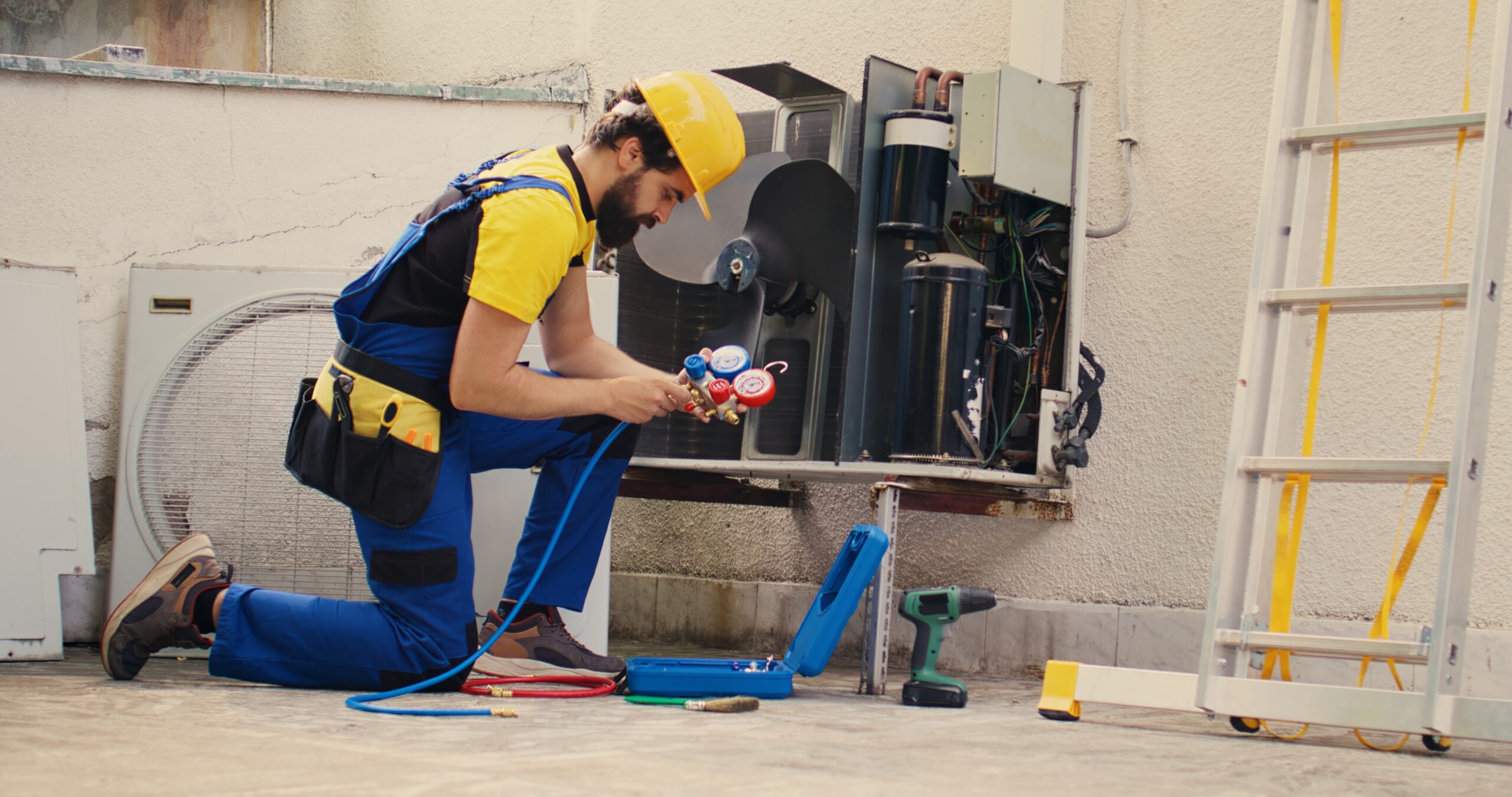Ductless mini-split systems are a convenient and effective way of cooling and heating interior areas of several types of properties. From older homes with limited central air options to room additions and warmer sunrooms, there are many uses where a mini-split system would be beneficial. Depending on the size of the property, a mini-split may heat and cool an entire small apartment. Additionally, they can supplement a specific room and area where the HVAC system is having difficulties servicing. No matter where you are installing a ductless mini-split, there are several benefits that you might consider.
So, what is a ductless mini split system? Mini-split systems have two primary units that consist of an outdoor compressor and an indoor distributing unit. The outdoor and indoor units are connected through a small refrigerant tube that transfers air from the outdoors inside. They operate similarly to traditional HVAC systems, however, there is no ductwork and more control over a specific area or room.
If you are considering alternative heating and cooling options, it might be worth the time to investigate a ductless mini-split system. Let’s look at some of the advantages of a mini-split system.
Flexibility and Zoning

Mini-splits are small in size and offer lots of flexibility in zone heating and cooling. Depending on your brand and model, you may be able to connect up to four indoor air units that can be connected to a single outdoor unit. Whether you have one indoor unit or several, however, you can control the temperature of separate rooms or areas of your home or office. Each room or zone would have its own thermostat and remote for simple and easy temperature adjustment. These units can serve as stand-alone heating and cooling options, or they can work in tandem with your HVAC system to provide ancillary air if a room or area is too hot or cold.
Easy Installation
Compared to other heating and cooling systems that require equipment and a ductwork system, a mini-split ductless system can be installed with great ease. The connection between the indoor and outdoor units can be accomplished with a conduit or copper tube through a small hole in the wall. The outdoor unit can usually be located up to 50 feet away from the indoor unit mounted on an interior wall. Older homes renovated additions, garage conversions, and finished basements might not have ductwork available, and a mini-split can avoid the need for costly renovations and new ducts.
Energy Efficiency

There is significantly less energy loss because ductless mini splits do not rely on a network of air ducts. Energy losses due to ductwork in traditional HVAC systems can account for over 30 percent of energy consumption. As one of the largest energy consumers in your home, your heating and cooling could cost up to $525 in energy costs annually, depending on where you live. With a ductless mini-split, your energy bills could be significantly less than $500 a year.
Improved Indoor Air Quality
Most experts suggest that several pounds of dirt, dust, pet dander, and other allergens collect in a home’s ductwork over a year. These contaminants could be circulated throughout your home when the system runs and create poor indoor quality. Ductless mini-split systems have their own filter housed in the indoor unit to prevent pollutants from circulating. The air inside a single room or area will be less impacted by allergens and other contaminants without air passing through dirty ductwork.
No matter if you want to eliminate a cold bedroom, add HVAC to your garage, or find an alternative for your older home, a mini-split system might be a good option. With several benefits ranging from price to flexibility, there are numerous reasons why a mini-split could be a solution to your needs.


















